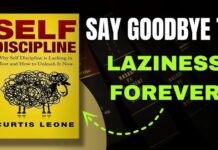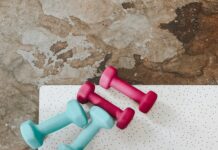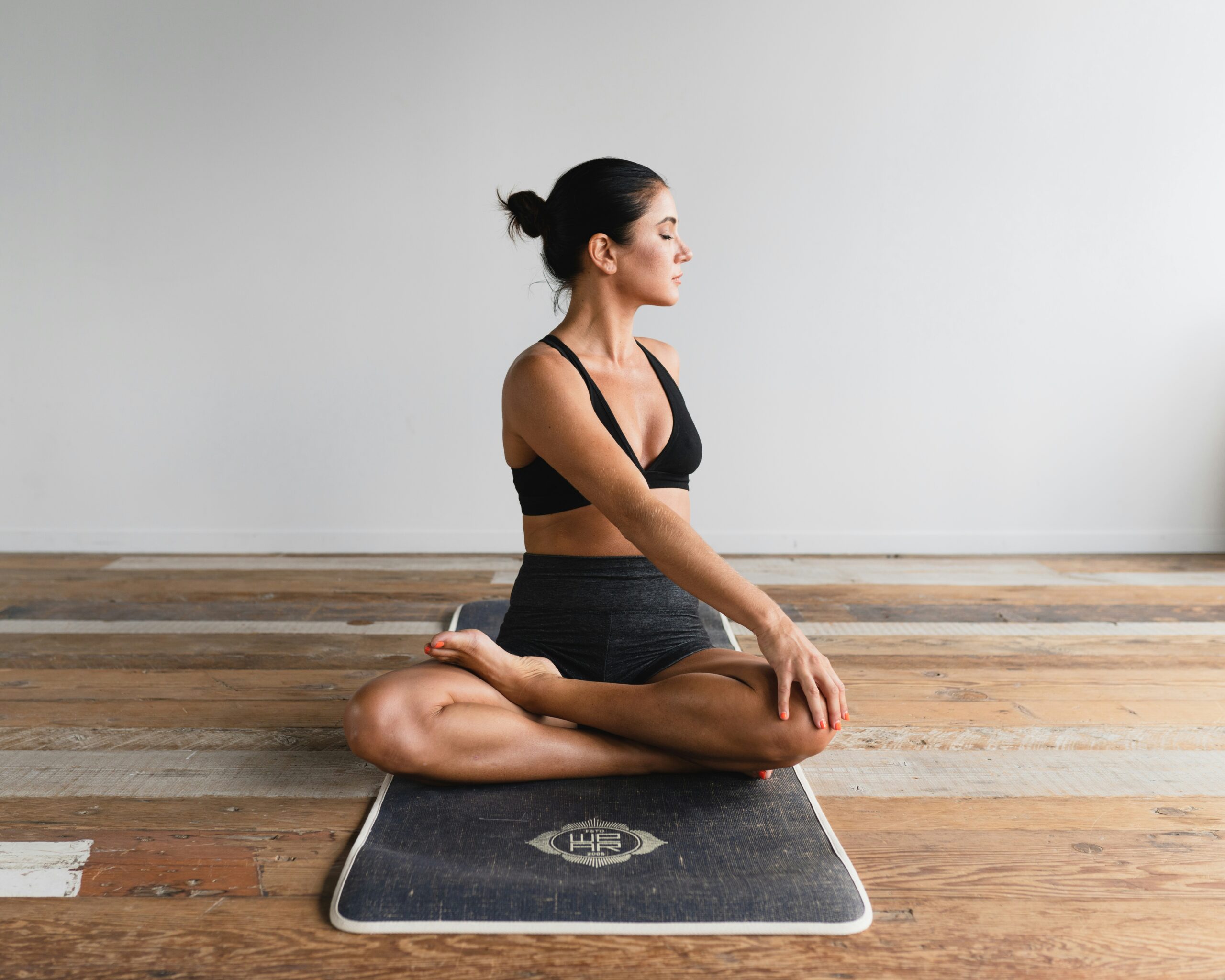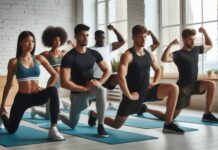Introduction
Welcome to the ultimate fitness guide — your complete roadmap to building a stronger, healthier, and more energetic body. Whether you’re a beginner taking your first steps toward a healthier lifestyle or someone looking to improve their current routine, this fitness guide will help you every step of the way.
In today’s busy world, staying fit isn’t just about appearance — it’s about feeling confident, reducing stress, and living longer. Through this guide, you’ll learn the essential principles of exercise, proper nutrition, motivation, and recovery, all designed to help you achieve lasting results.
No matter your age, shape, or experience level, this fitness guide will show you how to take control of your health and transform your body naturally — one step, one workout, one choice at a time.
1. What Is Fitness and Why Does It Matter?
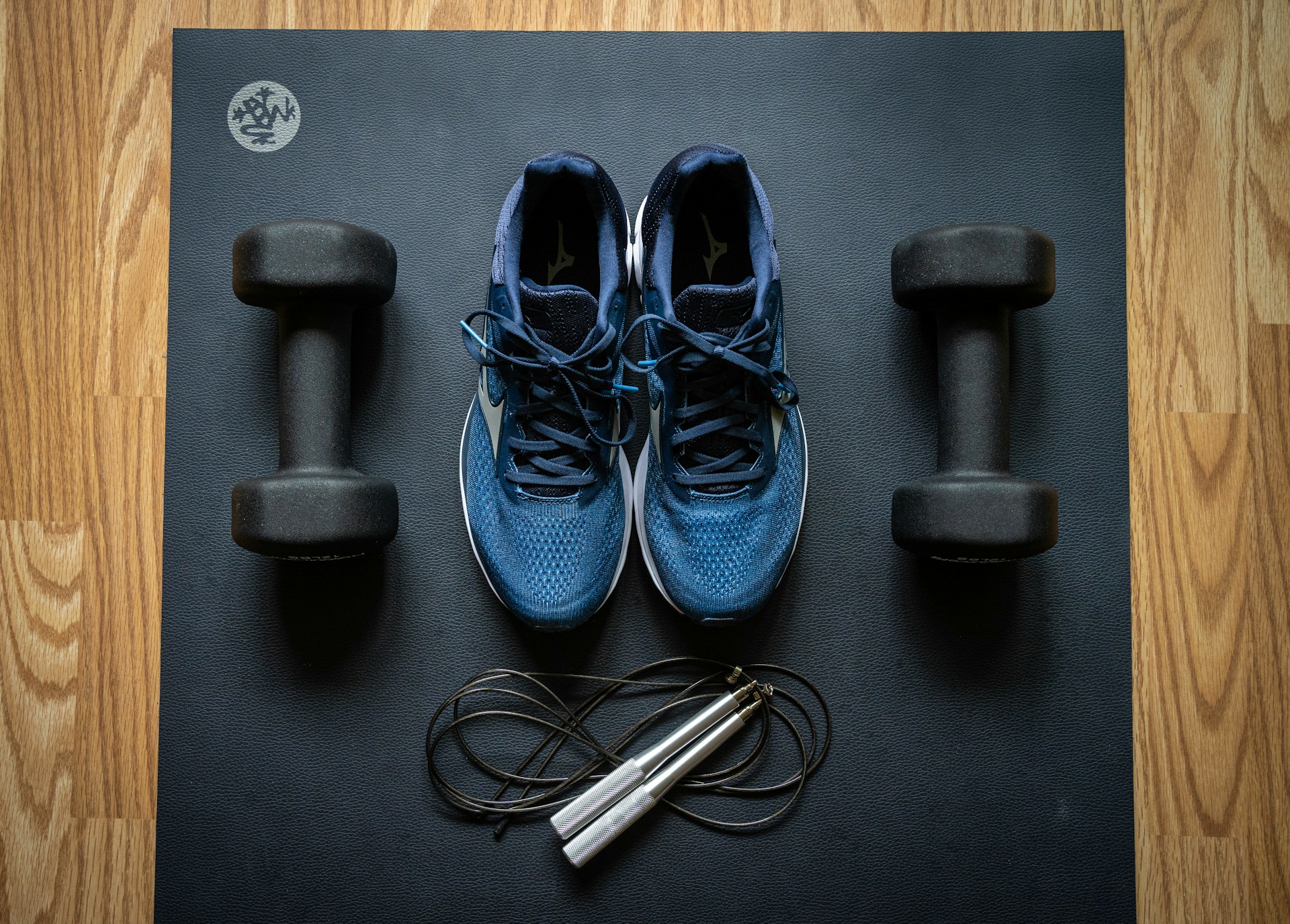
Fitness is the ability of your body to perform daily tasks efficiently, with enough energy left for leisure and emergencies. It’s not just about appearance — it’s about performance, health, and longevity.
Key Benefits of Fitness
-
Improved physical health: Regular exercise strengthens your heart, muscles, and bones.
-
Mental well-being: Physical activity releases endorphins — the “feel-good” hormones that reduce stress and anxiety.
-
Weight management: Fitness helps burn calories and build muscle, keeping your body in balance.
-
Increased energy: A fit body performs better, both physically and mentally.
-
Longer life expectancy: Active people tend to live longer, healthier lives.
2. The Five Components of Fitness
To be truly “fit,” you need balance in all five areas of physical fitness:
-
Cardiovascular endurance: Your heart and lungs’ ability to supply oxygen during long activity (like running or swimming).
-
Muscular strength: The amount of force your muscles can exert (e.g., lifting weights).
-
Muscular endurance: How long your muscles can sustain activity (e.g., planking or cycling).
-
Flexibility: The ability to move joints through their full range of motion.
-
Body composition: The ratio of fat to lean muscle in your body.
A balanced fitness plan targets each of these components.
3. How to Start Your Fitness Journey
Starting is often the hardest part — but the good news is, you don’t need fancy equipment or a gym membership to begin.
Step 1: Set Clear Goals
Ask yourself what you want:
-
Do you want to lose weight?
-
Build muscle?
-
Improve health or endurance?
Tip: Set SMART goals — Specific, Measurable, Achievable, Relevant, and Time-bound.
Example: “I want to lose 5 kg in 3 months by exercising 4 times a week.”
Step 2: Create a Simple Workout Plan
Here’s a basic weekly example:
-
Monday: Full-body workout
-
Tuesday: Cardio (running, walking, or cycling)
-
Wednesday: Rest or yoga
-
Thursday: Upper body strength
-
Friday: Core + cardio
-
Saturday: Lower body
-
Sunday: Rest or light stretching
Step 3: Stay Consistent
The most successful people in fitness are not the ones who train the hardest — they’re the ones who train consistently.
4. The Best Types of Exercise for Overall Fitness
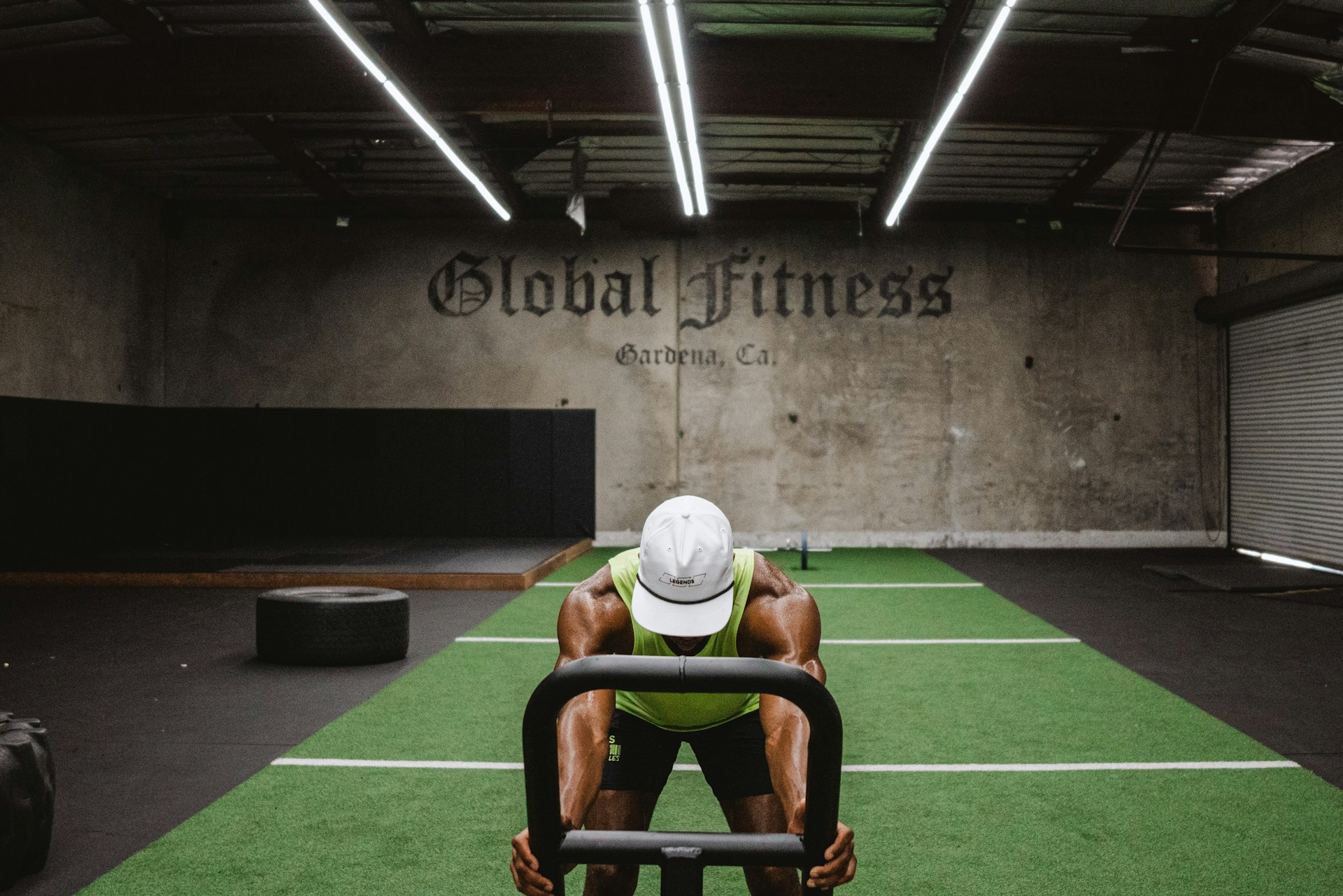
Different types of workouts serve different goals. Let’s explore the main categories:
A. Strength Training
-
Increases muscle mass and metabolism.
-
Exercises: Push-ups, squats, deadlifts, bench press, lunges.
-
Equipment: Dumbbells, barbells, resistance bands — or just your body weight.
B. Cardiovascular (Cardio) Training
-
Strengthens your heart and lungs.
-
Examples: Running, swimming, cycling, brisk walking, dancing.
-
Aim for 150 minutes per week of moderate cardio or 75 minutes of intense cardio.
C. Flexibility and Mobility Work
-
Improves joint health and reduces injury risk.
-
Practices: Yoga, stretching, Pilates, foam rolling.
D. Functional Training
-
Mimics real-life movements to improve daily strength.
-
Examples: Kettlebell swings, burpees, planks, jumping jacks.
5. Nutrition: The Other Half of Fitness
You can’t out-train a bad diet. Nutrition fuels your workouts and shapes your results.
The Basics of a Healthy Diet
-
Protein: Builds and repairs muscles (found in eggs, chicken, fish, tofu, beans).
-
Carbohydrates: Provide energy (whole grains, fruits, vegetables).
-
Fats: Support hormones and brain function (avocados, olive oil, nuts).
-
Vitamins and minerals: Strengthen immunity and recovery.
-
Water: Stay hydrated — dehydration decreases performance.
Caloric Balance
-
To lose weight → Eat fewer calories than you burn.
-
To gain muscle → Eat slightly more than you burn.
Tip: Use a calorie-tracking app to stay aware of what you eat.
6. Recovery: The Secret to Long-Term Progress
Recovery is when your muscles repair, grow, and get stronger. Skipping recovery can lead to burnout and injuries.
Effective Recovery Habits
-
Sleep 7–9 hours per night.
-
Stretch or do yoga after workouts.
-
Hydrate throughout the day.
-
Take rest days to let your body heal.
Active recovery (like light walking or swimming) can improve circulation and reduce soreness.
7. How to Stay Motivated
Motivation fades — discipline keeps you going.
Here are proven ways to stay consistent:
-
Set mini-goals: Celebrate small wins like completing your first push-up.
-
Track progress: Use photos or a workout journal.
-
Find a workout buddy: Accountability keeps you consistent.
-
Mix it up: Try new workouts to avoid boredom.
-
Reward yourself: After milestones, treat yourself to something healthy (like new gym gear).
Remember: Progress takes time. Don’t compare your Day 1 to someone else’s Year 5.
8. Common Fitness Mistakes to Avoid
-
Skipping warm-ups and cool-downs.
-
Lifting too heavy too soon.
-
Ignoring nutrition.
-
Not sleeping enough.
-
Being inconsistent.
Avoiding these mistakes will save you months of frustration and injury.
9. Fitness and Mental Health
Exercise is one of the most powerful antidepressants available — and it’s free.
How Fitness Boosts Mental Health
-
Reduces stress and anxiety.
-
Improves mood through endorphins.
-
Increases self-confidence.
-
Enhances focus and memory.
Even a 10-minute daily walk can improve your mental clarity and happiness.
10. Home Workouts vs. Gym Workouts
Home Workouts
-
Pros: Convenient, free, time-saving.
-
Cons: Limited equipment and space.
Gym Workouts
-
Pros: Variety of machines, community, motivation.
-
Cons: Requires travel and membership.
Tip: You can combine both — do strength training at the gym and cardio or stretching at home.
11. Supplements: Do You Really Need Them?
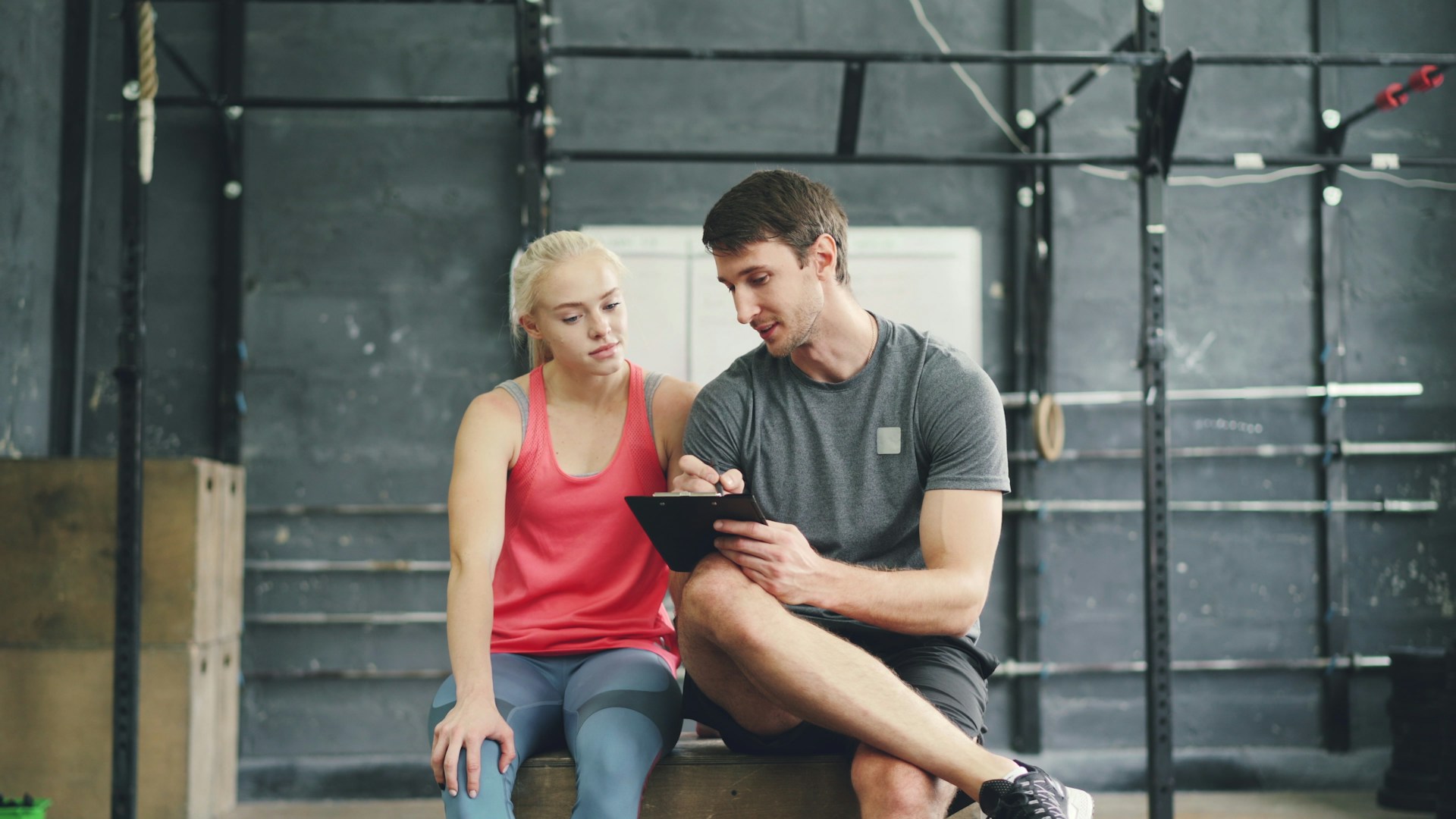
Supplements can help, but they’re not magic.
Helpful Supplements (if used correctly):
-
Whey protein: Helps meet daily protein goals.
-
Creatine: Boosts strength and muscle growth.
-
Multivitamins: Fill nutritional gaps.
-
Omega-3: Supports heart and joint health.
Always choose quality brands and consult a doctor before starting any supplement.
12. Fitness for Different Goals
A. For Weight Loss
-
Combine cardio + strength training.
-
Maintain a calorie deficit.
-
Focus on consistency, not starvation.
B. For Muscle Gain
-
Lift heavier progressively.
-
Eat a calorie surplus with high protein.
-
Sleep well and track progress.
C. For Endurance
-
Include running, swimming, or cycling.
-
Focus on breathing techniques and pacing.
13. Building a Long-Term Healthy Lifestyle
Fitness isn’t a 12-week program — it’s a lifestyle.
The goal is to build habits that last forever.
Healthy Lifestyle Habits
-
Move your body daily.
-
Eat mostly whole foods.
-
Drink water, not soda.
-
Limit alcohol and smoking.
-
Prioritize mental health.
Over time, these small changes create massive results.
14. How to Measure Your Progress
Tracking helps you stay motivated and see results.
Ways to Measure:
-
Weight and body measurements.
-
Strength levels (how much you can lift).
-
Endurance (how long you can run or hold a plank).
-
Photos every 4–6 weeks.
-
Energy and confidence levels.
Progress isn’t always visible in the mirror — sometimes it’s how much better you feel.
15. Tools and Apps to Help You Stay Fit
Here are a few useful apps to make your journey easier:
-
MyFitnessPal: Track calories and nutrition.
-
Fitbod / Strong: Log your workouts.
-
Nike Training Club: Free guided workouts.
-
Headspace: Meditation and mindfulness.
Technology can keep you accountable and consistent.
Conclusion
Fitness is a journey — not a destination. It’s about showing up, making better choices, and believing in yourself every single day. You don’t need to be perfect; you just need to be consistent.
Start small, eat smart, move daily, rest enough, and watch your body and mind transform.
No matter your age, shape, or experience level — fitness is for everyone.


